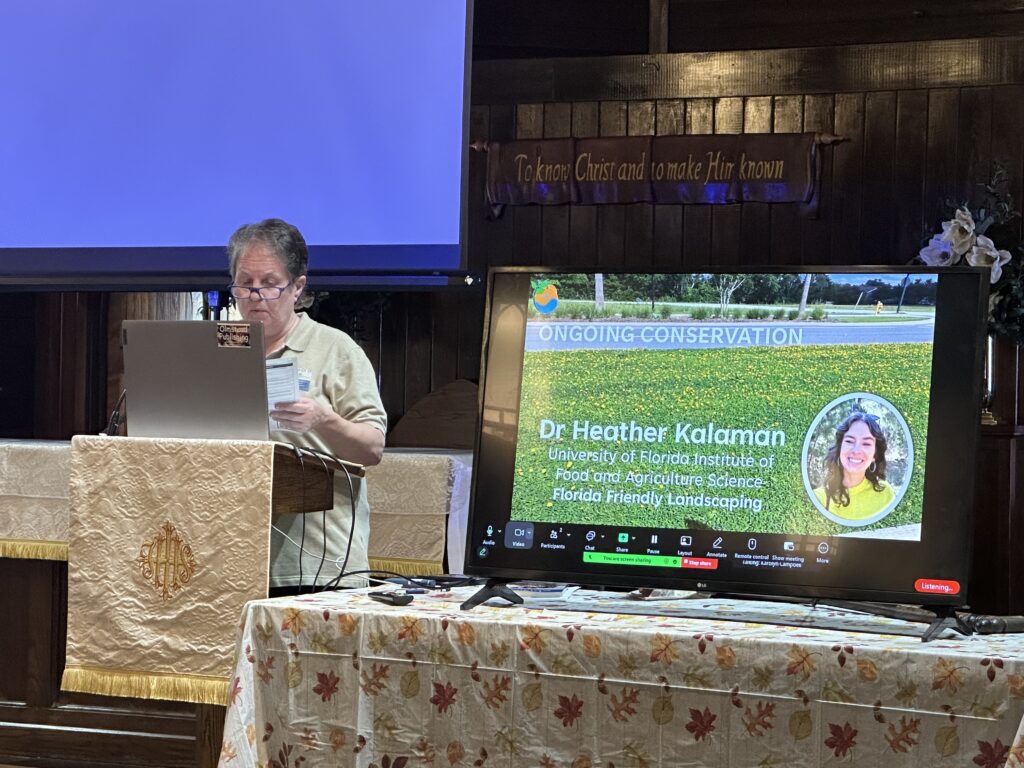
Teresa Sargeant
Key Points
A seminar offered encouragement to real estate professionals to learn more about brownfields and their potential for development during a Wednesday event at the Church of the Holy Spirit in Apopka.
Dr. Phyllis Olmstead, Orange County Soil and Water Conservation Commission Seat 3, organized the “Infilling Brownfields” seminar, which highlighted benefits of redeveloping brownfields, including aquifer protection, community revitalization, economic development and job creation.
Olmstead said she had spoken with the Orlando Regional REALTOR Association and other agencies in the real estate industry about setting up meetings and continuing education units about brownfield revitalization.
“Let’s get you in here and train all of you, and then at the end of the meeting, bring in your listings, bring in potential buyers and explain it, so that you can all learn how to turn over these properties and clean up the cities,” Olmstead told attendees. “Let’s clean some dirt.”
The U.S. Environmental Protection Agency defines a brownfield as “a property, the expansion, redevelopment, or reuse of which may be complicated by the presence or potential presence of a hazardous substance, pollutant, or contaminant.”
Estimates put the number of U.S. brownfields at over 450,000, according to the agency’s website.
Speakers at “Infilling Brownfields” said there are many financial incentives that go with redeveloping brownfields, including sales tax refunds on construction materials for building affordable housing, voluntary cleanup tax credits, liability protections, and grants and loans. Many programs on the local, state and federal levels offer these incentives.
According to Beth Burkard, Orange County Department of Environmental Protection program supervisor, the brownfield redevelopment program is a financial tool to encourage developers to clean up and revitalize brownfields.
“A lot of these sites are in neighborhoods that already have water and sewer and electricity, natural gas, bus lines for their employees to get there,” she said. “Using these parcels benefits the company for not having to spend money to develop that infrastructure, as well as encouraging something beneficial for the community.”
The event spotlighted the transformation of formerly contaminated sites in Orange County, including Wellington Park and Brixton Landing, two Apopka apartment complexes, and Baldwin Park and Parramore Village in Orlando.
Vice Mayor Diane Velazquez attended the event and called it very educational. Velazquez acknowledged Olmstead’s frequent presence at Apopka City Council meetings, where she is “always offering and sharing really pertinent information about how we can do better.”
To that end, she appreciated Olmstead for organizing “Infilling Brownfields” to educate realtors and residents about contaminated sites and how to turn them around.
“That’s something that we are all aiming to do in our communities, which is to really address some of the blight,” Velazquez said. “When you address that, you build communities and you build businesses, and the fact that Orange County and the city offers tax credits, those are incentives for everyone, businesses and residents.”


Thank you for attending and for the sharing the message with this excellent informative article.